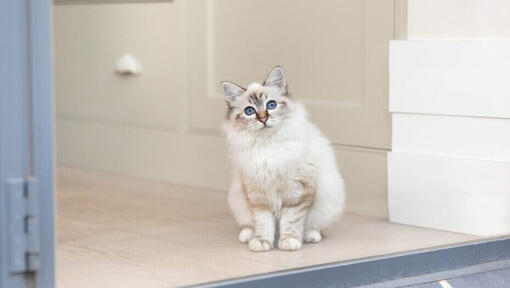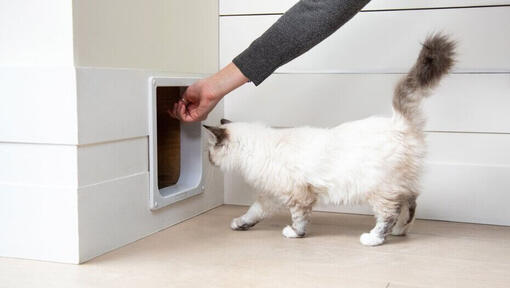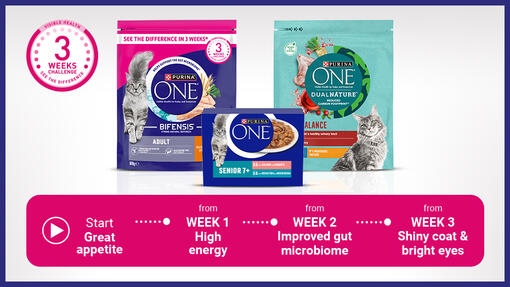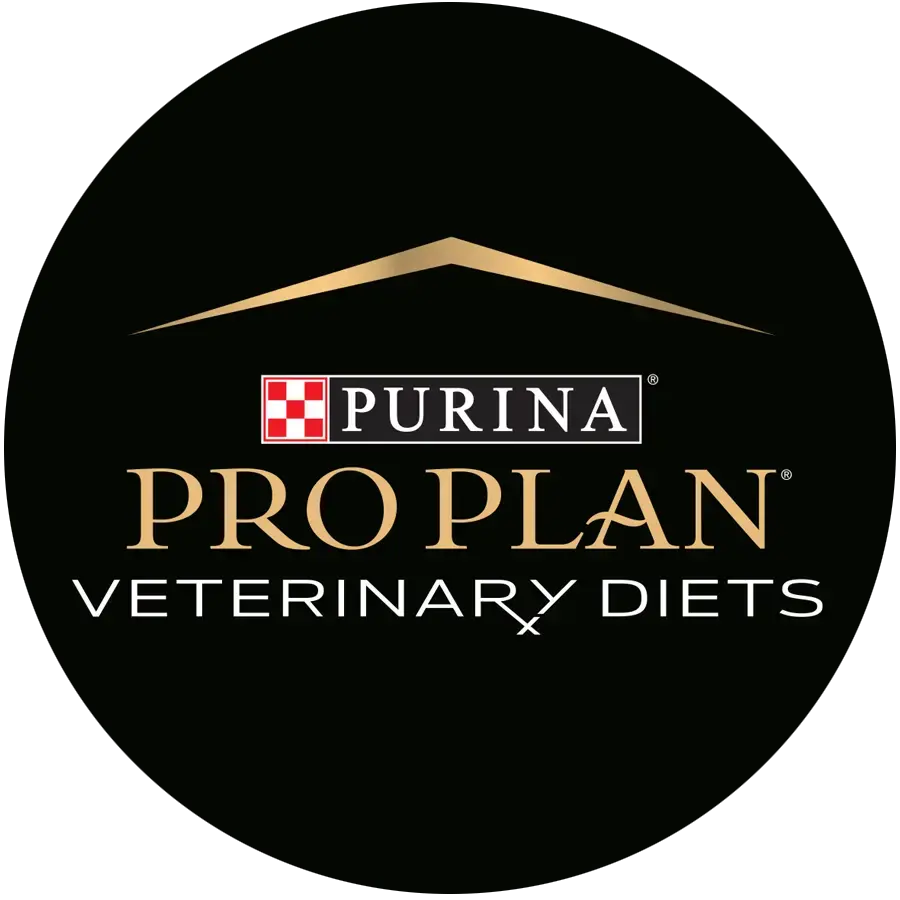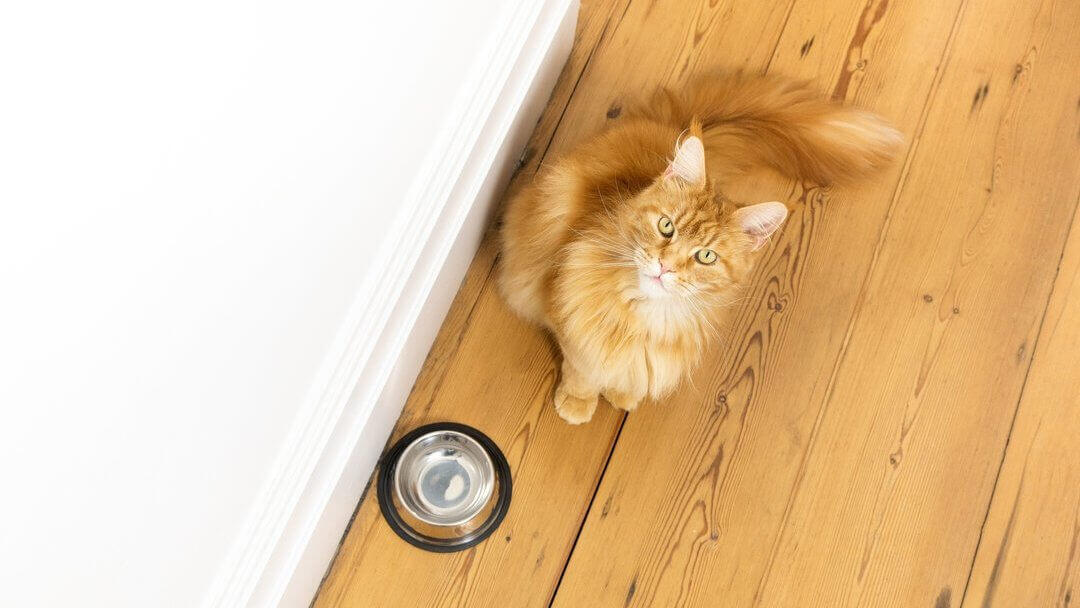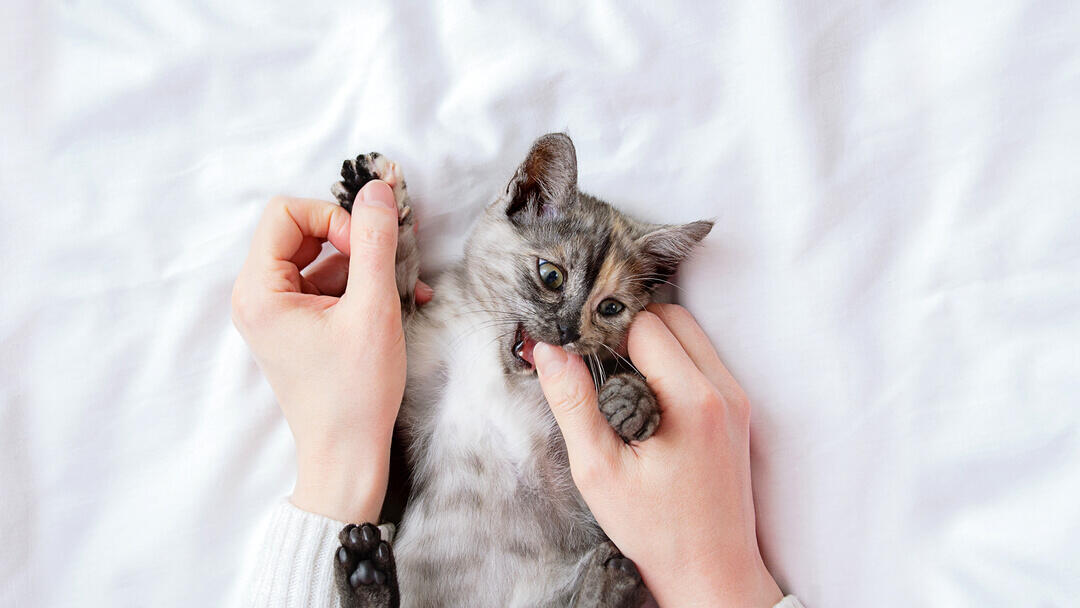

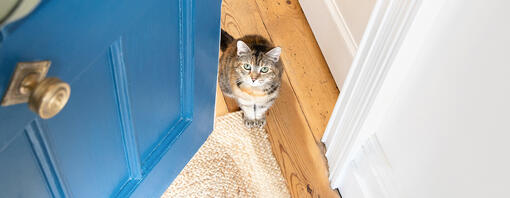
A cat flap can be a confusing addition to a home for your feline friend. If your cat is used to you opening the door for them when they meow or simply jumping in (or out) of the house through a window, the cat flap will probably be strange to them at first as it is not obvious how to works and looks solid. It may take some time to get used to and they can even be hesitant to use it!
The good news is that with time and patience, you can teach your cat to take full advantage of the cat flap. This article will explore how to train a cat to use a cat flap and overcome some of the usual problems you might face during the initial stages.
Familiarising your cat with the cat flap
For your cat to be comfortable using the cat flap, they have to be comfortable with the device itself. Here are some ways to introduce your cat to the flap:
1. Show them how it works, before installation
Introduce your cat to the flap before you install it. They can get used to the smell of it as well as the shape and size, as well as explore the flap from all angles. Show them how the door moves both ways. Also let them see the hole you have made in the door for the cat flap and if they are willing, let them go in and out of it a few times so they get used to moving through the gap. This may go a long way training your cat to use a cat flap.
2. Prop the cat flap open
Once the cat flap is installed (or if it is already in situ), prop it open for the first few weeks. This is an easy way to show your cat that it is a door to the outside world. They will be far less hesitant to use it if they can see the garden or the house interior when coming in or out.
3. Rub their scent on it
Some cats dislike cat flaps because they see it as a foreign object. You can help them become more familiar with the flap by rubbing their scent on it. Use a soft cloth and stroke it over the side of your cat’s face – then rub it on the cat flap. An alternative would be a pheromone spray. This can help make them more comfortable with the device.
4. Lure them in with treats
The easiest way to teach your cat to use a cat flap is to prop it open securely and lure them through it using treats. This can take time for some cats – as while it is obvious to us, for some felines the cat flap is problematic. Treats are usually the way to any cat’s heart, even a reluctant one, so this is a foolproof method for getting your cat to love their kitty door.
5. Be patient
You need to patient when training your cat to use a cat flap. Do not force your cat through the flap at any stage in the process; this may upset them and put them off using the cat flap.
Once they are happy to go in and out of it propped open, you can start to close it a little bit so they get used to having to push their way through it. Eventually they should be using it like a pro!
Installing A Cat Flap and Choosing the Right Fit for Your Cat
If your cat still seems hesitant to use the cat flap, consider if the design is right for them. Shape, height and position play a big role in teaching your cat to use a cat flap – especially if you have a large cat. Here are some factors to consider when choosing and installing a flap.
Height
Usually, cat flaps are installed 15cm from the floor. A good way to ensure it is at the right height for your cat is to measure the distance between your cat’s belly and the floor.
Noise
Some cat flaps can make a lot of noise when they swing open and shut, and cats can be sensitive to this. If your cat seems anxious about the noise, take time to get them used to it – or if it is an old one, replace it for something more modern and quieter. Open and close the flap in their presence and reward them when they seem relaxed. If they grow anxious, open and close it more slowly so that the noise is not so obvious. Do this until they are familiar with the sound.
Position
Cats don’t like entering large open spaces, as it makes them feel vulnerable. If your cat flap opens into an exposed patch of garden, your cat may be more hesitant to use it. Try and keep the path immediately outside the cat flap as sheltered as possible.
Smart and magnetic cat flaps
Some cat flaps are fitted with smart technology, opening in response to a chip in your cat’s collar. This allows your cat to enter and leave, but no other cats can use the same cat flap. If you’re buying a smart cat flap, it should be correctly programmed to your cat’s collar before installation.
There are also magnetic cat flaps, which click to their frames with magnets.
This means that your cat will be able to push through, but smaller animals won’t have the strength to get past. This is good for people who have other small animals in the house and don’t want them getting out.
Bear in mind that it can be trickier to train your cat to use a magnetic cat flap. The magnets can be too strong and your cat may not use the flap because it takes too much effort to push through. Try covering the magnets in tape to reduce their intensity and make it easier for your cat.
So, there you have it! Training your cat to use a cat flap might seem tricky at first, but with a little patience and some tasty treats, you'll be amazed at how quickly they catch on. Remember to make the introduction gradual, choose the right spot for the flap, and always be positive and encouraging.
You could see a visible difference in just 3 weeks*
Keep your cat healthy by feeding her with PURINA ONE or get your money back.
*PURINA ONE 3 Weeks Challenge - Internal technical support dossier, R&D note written July 2016, revised 2021.

More articles by Purina One




